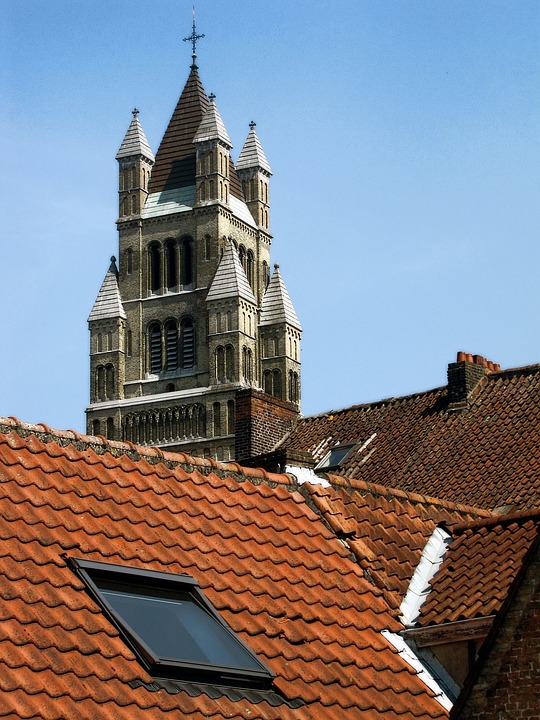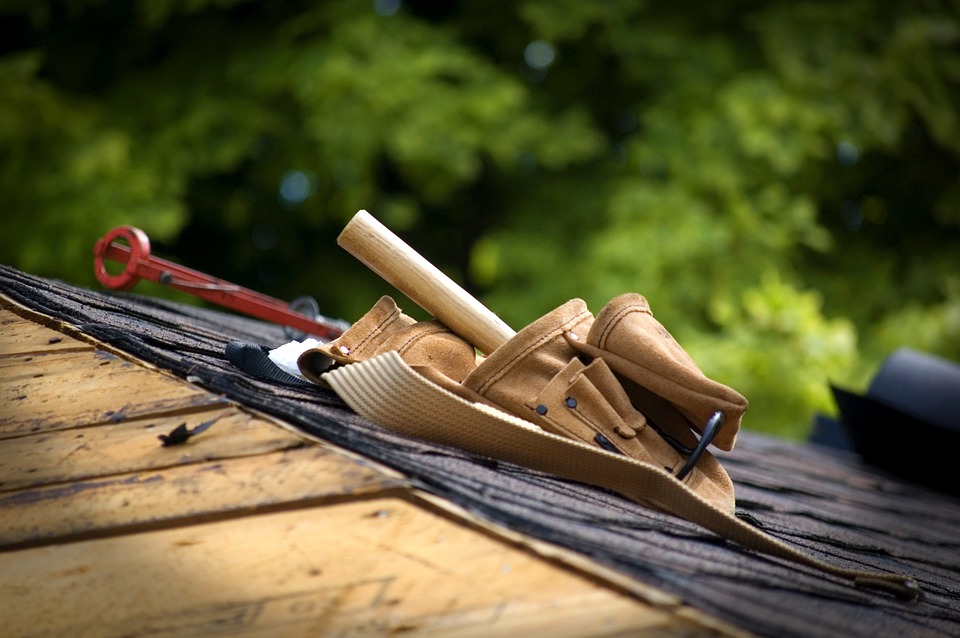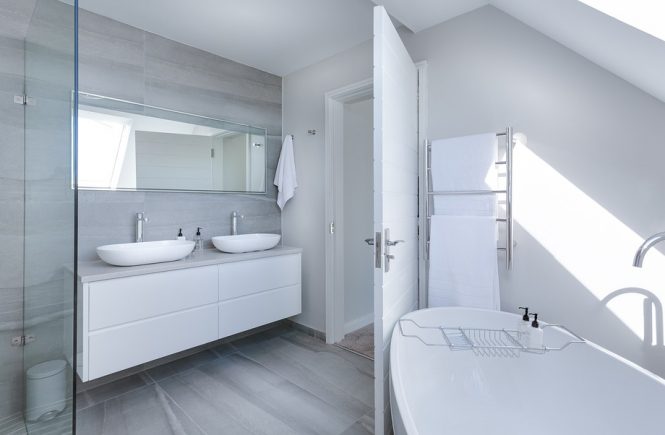Skylights are quite infamous for letting the rain come in during the summer season, as well as the formation of ice dams when you’re going through one of Canada’s harsh winters. Since they’re a physical interruption to the roofing material, and quite commonly on a slope, they frequently develop leaks after enough time. Leaks usually happen when the window seal and the shingles surrounding it starting aging, or even more quickly if the initial installation wasn’t done appropriately.

If you notice leaking happening with your skylight, then there are several diagnostics you can go through on your own prior to consulting professional help. When you know just what to look for, it might just save you a lot of trouble later on.
The very first thing that you need to check for is any condensation trouble happening on the walls or inside of the glass. If you have a skylight that is located either in a bathroom or any other location that’s humid, then there’s a good chance that any water you notice dripping down is actually happening from inside your home rather than outside of it. If you wind up suspecting this to be the case, then you should be able to dry things up pretty fast by either using a ventilation fan in the bathroom or even opening your window, although this is really only feasible in the summer. Monitor the humidity levels of your home closely during the winter seasons if you want to prevent the buildup of condensation in the future.
If you notice condensation that forms between the glass panes inside the sealed unit, or even water coming nearer to the skylight glass than at the level of the roof, that might indicate that the skylight seals themselves have started failing. This can be really hard to fix and typically happens close to the end of the service cycle of a skylight, which is approximately 25 years for most of the skylights that are installed in homes right now. If this happens, your best solution might be a full replacement of your skylight, along with the shingles surrounding it.

Wintertime snow and ice get things even more complicated. When snow falls on top of your skylight, it tends to melt fast, but then it will refreeze when that water his the cold surface of the roof. This process repeating itself with every snowfall eventually winds up leading to water pooling behind an ice dam that forms, which makes water start trickling through your roofing materials before they appear on your ceiling. High-caliber roofing materials, such as an ice/water shield surrounding your skylight, can help with the reduction of how much water winds up seeping through. However, these components can’t hold standing water on their own, which means that water might still wind up getting through. Frequently removing the snow in this area might be the only way you can prevent ice dam leaks in the vicinity of your skylight.

If your leaks aren’t caused by any of these issues, then odds are good that you need a professional to come out and look at your flashing and shingles from up above. It’s always a possibility that the skylight just wasn’t installed right, and the surrounding sealants and shingles just got damaged or worn out. When your roofing material gets closer to the end of its life cycle, it’s more than likely going to show this first at a weak point, such as a skylight.
Skylights are complex and rarely free of trouble, but if you get a professional roofing technician out there, he or she can diagnose the issue quickly before providing you good choices that can keep all that water outside of your home, which is where you’d always rather it be.




